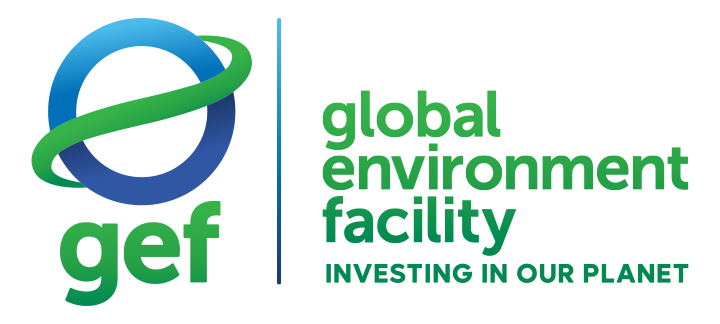Good practices for the project's success
Decentralize decision-making processes to empower local communities
The BIG project facilitated the establishment of a Watershed Committee comprised of numerous stakeholders from across the Ilha Grande Bay. The committee brings together representatives of local communities, public officials, NGOs, businesses, academia, and provides them with a decision-making and conflict-resolution forum aimed at ensuring the sustainable management of the bay’s watersheds and ecosystems.
Empowering stakeholders at local and community levels helped ensure that their concerns were adequately and fairly addressed, while leveraging their specific understanding and expertise of the social, economic and environmental issues affecting an area. It supported building people’s capacity through evidence-based knowledge sharing and allowing them to have a say in how the natural resources upon which they depend are managed, helping to drive the sustainable use of those resources and bolster livelihoods.
Adapt project goals to drive successful outcomes
In 2016, a series of significant challenges led the Programme Management Unit to reassess its goals and priorities under a component of the project, which had to be abandoned. Rather than simply truncating a series of actions and initiatives in the bay, the project steered its efforts in a different direction, designing an alternative, yet relevant, output. This resulted in one of the most successful outcomes of the project: the BIG 2050 Initiative, comprising the RADAR monitoring system and the BIG 2050 Challenge. Therefore, adopting a flexible, result-oriented approach can help overcome hurdles, provided it is absolutely necessary for the project delivery and has full participation of the concerned stakeholders.
Leverage GIS and related technologies to strengthen resilience and foster knowledge-sharing
Information collected under the RADAR platform was made open and accessible to the public online, providing a data-driven basis for the BIG 2050 Challenge component. The Challenge was designed to crowdsource solutions and approaches to ensure the sustainable management of the bay’s natural environment and resources. By tapping into the knowledge potential of an entire population through an open, science-backed tool, the project uncovered innovative solutions and approaches while significantly enhancing ownership and project sustainability.
The BIG 2050 Challenge was also an effective means of raising awareness about sustainability in the region, attracting the interest and attention of the media and population alike. The integrated relationship between the RADAR monitoring system and the BIG 2050 Challenge enabled the monitoring of results to feed directly into the definition of policies and the prioritization of environmental issues to be addressed.


